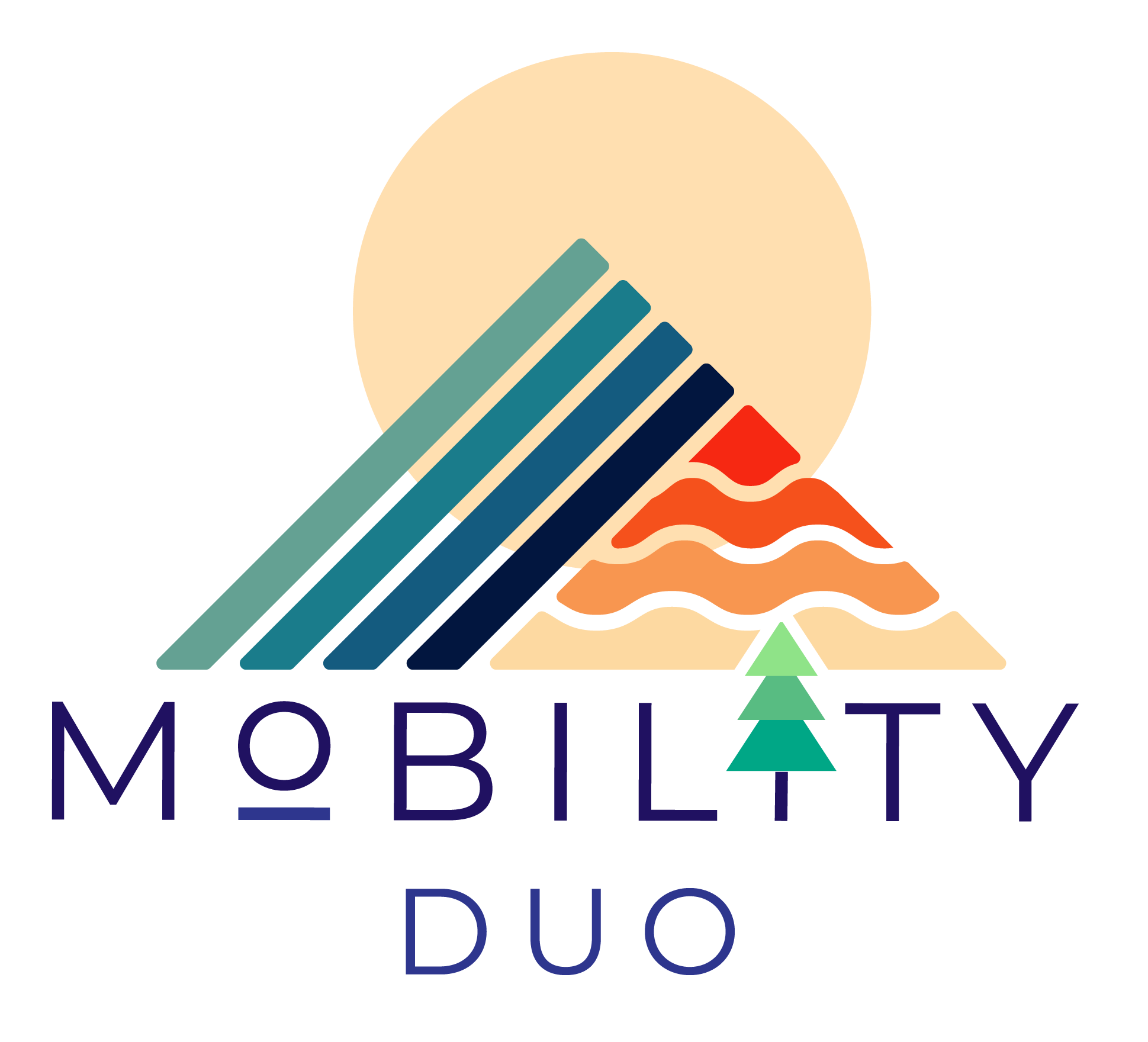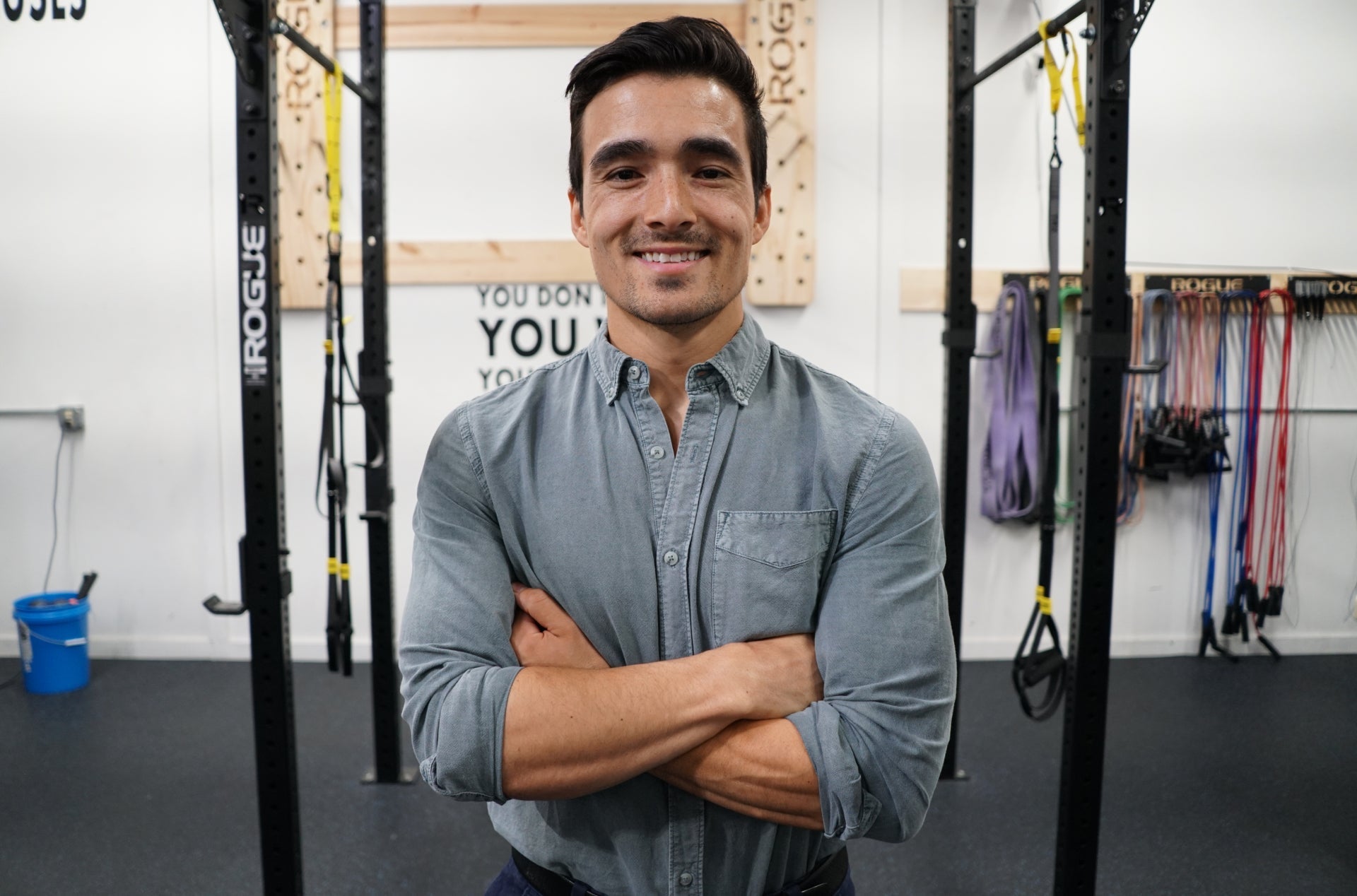If you’ve ever bobbled across a flat cat track or felt your quads melt on chopped snow, you’ve met your balance system. Below is a practical, research-driven guide to what balance is, how it shows up on snow, which tools actually help (and which just make things wobblier), and a simple progression you can start today.
What is “Balance,” really? (where VOR fits)
In sport science, balance is your brain blending visual, vestibular, and somatosensory inputs to keep your center of mass over your base of support. Postural control has two jobs: orientation (where am I relative to gravity/snow?) and equilibrium (don’t fall while moving/reacting) (Horak, 2006; Peterka, 2002).
The vestibulo-ocular reflex (VOR) stabilizes your gaze when your head moves so you can read terrain at speed. In vestibular rehab, gaze-stabilization (VOR x1/x2) drills improve dynamic visual acuity and postural stability; high-quality reviews and clinical guidelines back this up (McDonnell & Hillier, 2015; Hall et al., 2022; Bronstein, 2015).
Plain-speak: a snappy VOR + tuned lower-body “autopilot” = earlier edge sets, cleaner lines, and easier recoveries.
Why balance matters in snowboarding
Better balance links to performance and lower injury risk. Athlete reviews show balance relates to sport skills, and balance-oriented neuromuscular training reduces lower-limb injuries (Hrysomallis, 2011; Hübscher et al., 2010). After ankle sprain, wobble-board programs cut recurrent sprains in an RCT (Hupperets et al., 2009).
How fast can you improve?
Meta-analyses suggest meaningful gains in 4–12 weeks, with best results around ≈11–12 weeks, ≥3 sessions/week, ~20–30 min per session (Lesinski et al., 2015; Gebel et al., 2018).

Tools & methods that work (and how to use them)
Foundations: single-leg stance; eyes open → eyes closed; add head turns (look L/R, up/down) to challenge VOR; progress stable → unstable; predictable → reactive (perturbations, dual-task) (Horak, 2006).
Surfaces/tools: foam pad/Airex, BOSU, wobble/rocker/roller boards, sliders, suspension straps, and perturbation bands. Unstable-surface training can improve balance across ages/sports (systematic review/meta-analysis) (Behm et al., 2015).
Important: more wobble ≠ automatically better balance. Unstable devices mainly increase task difficulty and muscle co-activation; they’re great for coordination/rehab and engagement, but not a replacement for heavy, stable-surface strength/power (Behm, 2012; Anderson & Behm, 2004; Maté-Muñoz et al., 2014; Zemková, 2017).
Balance boards for snowboarders: what to use—and what to expect
Quick take: Balance boards mostly raise challenge. They can improve balance—especially ankle control and post-sprain recurrence—but they’re not magic and transfer to on-snow performance is task-specific. Pair them with reactive work, VOR drills, and single-leg strength (Behm et al., 2015; Hrysomallis, 2011; Hupperets et al., 2009).
Why “more wobbly” isn’t automatically “better”
-
Unstable surfaces ↑ muscle activation/co-contraction but often ↓ maximal force/power—great for control/coordination, not for peak strength/power phases (Behm, 2012; Anderson & Behm, 2004; Maté-Muñoz et al., 2014; Zemková, 2017).
-
Meta-analysis: unstable training improves balance vs. no training, with limited extra benefit over well-designed stable-surface strength in healthy adults (Behm et al., 2015).
-
Specificity rules: gains transfer best when drills resemble the sport (Hrysomallis, 2011; Zemková, 2023).

Board types, best uses & science snapshots
-
Rocker boards (tilt in one plane) — Best for: early progressions, toe-heel control. Why: predictable instability; a good step before multi-direction wobble/roller. Evidence supports balance gains with unstable training, especially for novices/rehab (Behm et al., 2015).
-
Wobble boards (360° dome) — Best for: ankle strategy, eyes-closed/head-turn variants. Why: strongest link to reduced recurrent ankle sprains post-injury in an RCT; also alters landing coordination (Hupperets et al., 2009; Silva et al., 2018; Hübscher et al., 2010).
-
Roller (“Indo-style”) boards (deck over cylinder) — Best for: dynamic/reactive control and fun skill practice. Why: highest challenge; great for coordination and toe-heel/fore-aft transitions—keep heavy strength on separate stable days (Behm, 2013; Maté-Muñoz et al., 2014).
-
Air-cushion/BOSU setups — Best for: scalable instability, longer isometric holds. Why: helpful for endurance/control; meta-analysis supports balance improvements, but expect lower power than stable surfaces (Behm et al., 2015; Behm, 2012).
-
Track/rail boards (guided roller path) — Best for: varied directions with some guardrails. Why: similar neuromuscular demands to roller boards; progression value is in multi-direction control and reactive tasks layered on.
-
Snowboard-specific trainers (flat “boards” for edging/jib skills) — Best for: stance familiarity and trick patterns; pair with VOR and perturbations. Why: higher skill-transfer potential when drills look like riding (Hrysomallis, 2011; Hall et al., 2022).
How to actually get better with a board (not just wobble):
-
Rocker/Wobble basics → add eyes-closed and head turns.
-
Layer VOR x1/x2 gaze drills (20–30 s bouts).
-
Add reactive perturbations (gentle, unpredictable band tugs) and dual-task (toss/catch, count-backs).
-
Graduate to roller/rail for reactive control; keep heavy lifts on stable days.
Proven exercises
2–4 sets each, 20–40 s work, 20–40 s rest. Progress weekly (see plan).
-
Single-leg “snowboard stance” hold (floor → foam → BOSU dome-up). Add eyes-closed, then head turns(Horak, 2006).
-
Rocker-board edge taps (fore-aft, toe-heel). Add ball toss (dual-task). (Behm et al., 2015).
-
VOR x1 “lift-line read” (fix eyes on a letter; move head side-to-side/vertical while keeping it clear). Progress to VOR x2 (McDonnell & Hillier, 2015; Hall et al., 2022).
-
Perturbation split-stance with band tugs (reactive balance; co-contraction). (Hübscher et al., 2010).
-
BOSU squat → toe-edge holds (short isometrics; carving demands). (Behm, 2012; Behm et al., 2015).
-
Ankle “alphabet” + wobble-board circles (warm-up; classic in ankle-sprain prevention) (McKeon & Hertel, 2008; Hupperets et al., 2009).
Our newest Shred 4.0 Strength Program
Made for snowboarders, by snowboarders. This is the most comprehensive training system on the Internet covering all aspects of snowboarding from strength, mobility, endurance, balance and more. Stay injury free so you can keep shredding all season long.
Sample 8-week progression (off-season or in-season tune-up)
-
Weeks 1–2 (Base) — 3×/wk, ~20 min: single-leg (floor → foam), rocker board taps, VOR x1 slow → moderate (3×20–30 s).
-
Weeks 3–4 (Build) — 3×/wk, ~25 min: single-leg on foam/BOSU + head turns; rocker + light toss/catch; VOR x1 faster + occasional x2.
-
Weeks 5–6 (React) — 3–4×/wk, ~25–30 min: perturbation split-stance; BOSU squat holds; VOR x2 (add vertical nods).
-
Weeks 7–8 (Shred-ready) — 3–4×/wk, 30 min: mix everything; add eyes-closed variants; short dual-task blocks.
Dose matters: strongest balance gains around 11–12 weeks, ≥3×/wk, 20–30 min (Lesinski et al., 2015; Gebel et al., 2018).
Safety & smart progression
-
Stable → unstable, eyes open → eyes closed, predictable → reactive.
-
Keep work bouts short and crisp; fatigue kills quality.
-
If dizzy with VOR drills, slow head speed, shorten bouts, or stop; progress only when symptoms resolve (McDonnell & Hillier, 2015; Hall et al., 2022).
References
-
Anderson, K., & Behm, D. (2004). Maintenance of EMG activity with instability. J Strength Cond Res.
-
Behm, D. G. (2012). Effectiveness of resistance training using unstable surfaces/devices. Int J Sports Phys Ther.
-
Behm, D. G., et al. (2015). Unstable-surface strength training vs. stable: effects on strength, power, balance (systematic review/meta-analysis). Sports Med.
-
Bronstein, A. M. (2015). Clinical anatomy of the vestibular system. Eye.
-
Gebel, A., et al. (2018). Balance training effectiveness in youth (meta-analysis). Int J Environ Res Public Health.
-
Hall, C. D., et al. (2022). Vestibular rehabilitation CPG—hypofunction. J Neurol Phys Ther.
-
Horak, F. B. (2006). Postural orientation & equilibrium. Neurophysiol Clin.
-
Hrysomallis, C. (2011). Balance ability & athletic performance. Sports Med.
-
Hübscher, M., et al. (2010). Neuromuscular training for sports injury prevention (meta-analysis). Br J Sports Med.
-
Hupperets, M., et al. (2009). Home proprioceptive wobble-board training prevents recurrent ankle sprain (RCT). BMJ.
-
Lesinski, M., et al. (2015). Dose–response of balance training (systematic review/meta-analysis). Sports Med.
-
Maté-Muñoz, J. L., et al. (2014). Instability vs. traditional resistance training. J Sports Sci Med.
-
McDonnell, M., & Hillier, S. (2015). Vestibular rehabilitation (Cochrane).
-
McKeon, P. O., & Hertel, J. (2008). Postural control & chronic ankle instability (systematic review). J Athl Train.
-
Peterka, R. J. (2002). Sensorimotor integration in human postural control. J Neurophysiol.
-
Silva, P. B., et al. (2018). Wobble-board training alters landing coordination. J Electromyogr Kinesiol.
-
Zemková, E. (2017/2023). Instability and sport-specific postural adaptations. J Exerc Sci Fit; Sports Health.





Leave a comment